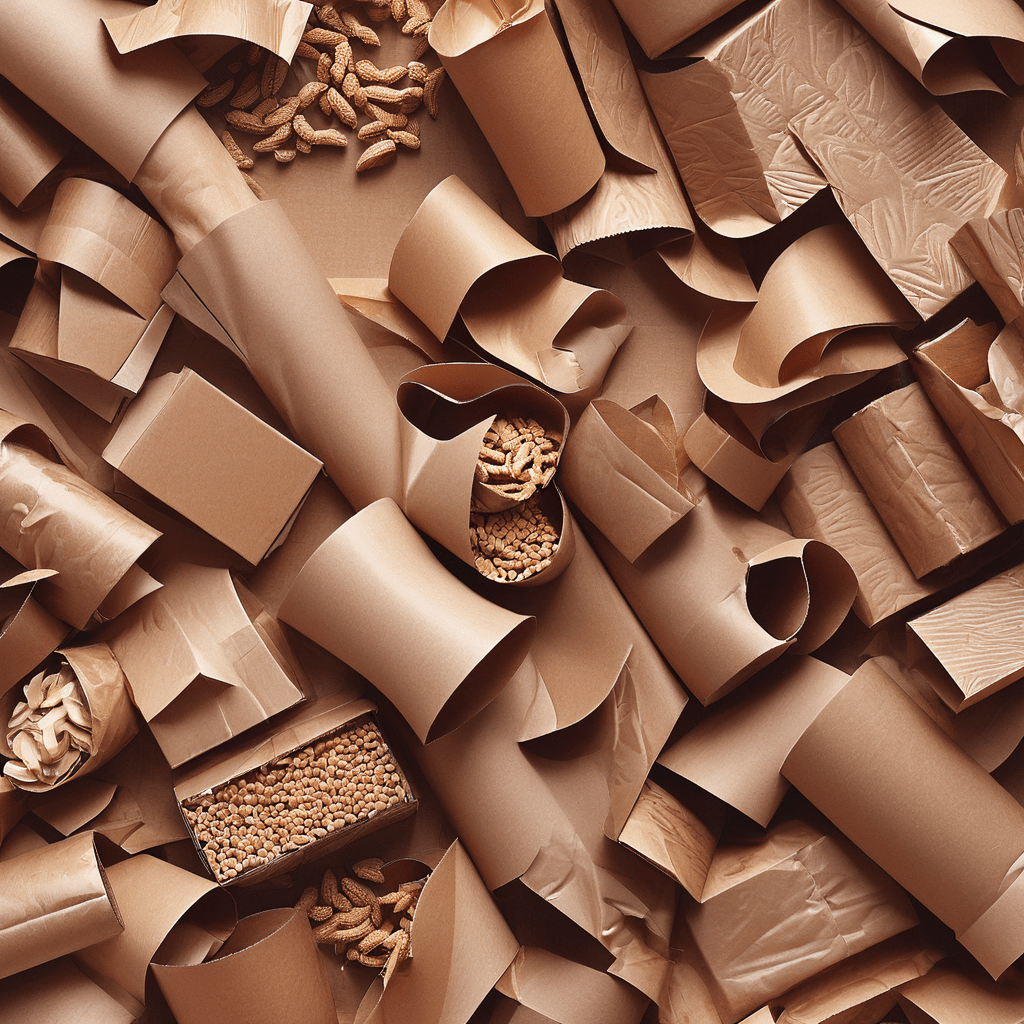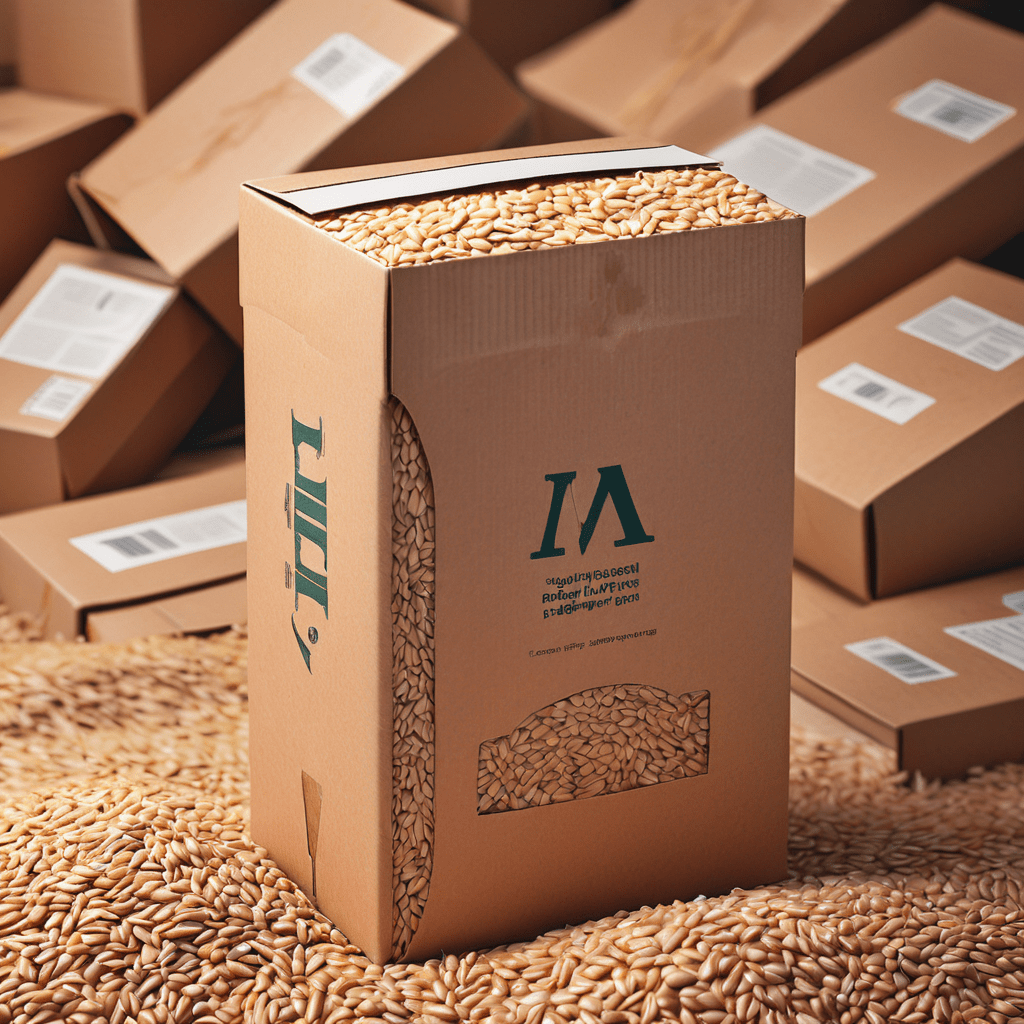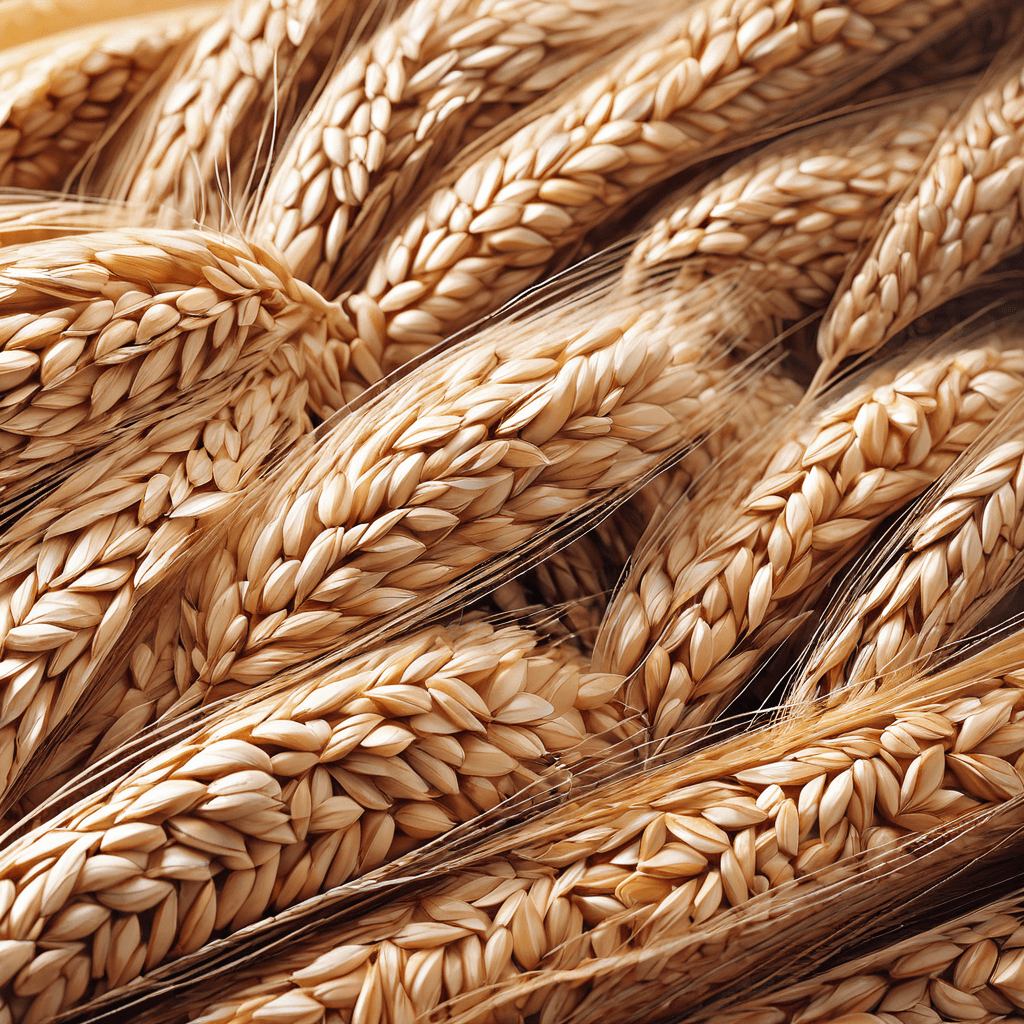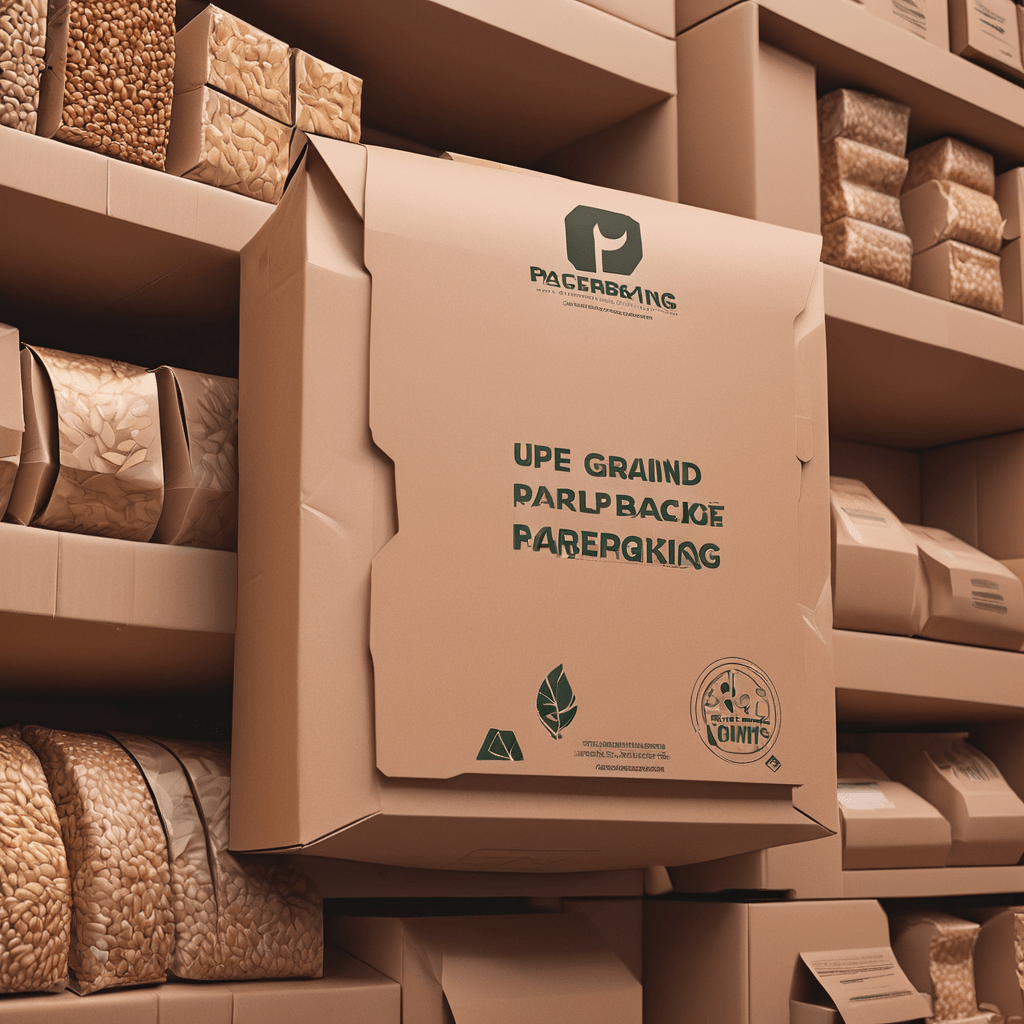In the realm of paperboard packaging, there exists a crucial yet often overlooked element that serves as its backbone: grain direction. This fundamental aspect significantly determines the strength, durability, and overall performance of packaging materials. Understanding grain direction and its implications is essential for packaging designers, manufacturers, and consumers.
Understanding Paperboard
Before delving into the intricacies of grain direction, it’s essential to grasp the basics of paperboard itself. Paperboard is a versatile material commonly used in packaging due to its strength, rigidity, and printability. It is thicker and more durable than standard paper, making it suitable for various packaging applications ranging from cereal boxes to pharmaceutical packaging.
Grain Direction Explained
Grain direction refers to the orientation of fibers within the paperboard sheet. These fibers typically align in a predominant direction due to the manufacturing process. There are two primary types of grain direction: long and short. Long-grain paperboard has fibers aligned parallel to the longest dimension of the sheet, while short-grain paperboard has fibers aligned perpendicular to the longest dimension.
Determining grain direction is crucial as it influences the physical properties of paperboard, including its strength, flexibility, and printability. Manufacturers often identify the grain direction by observing how the paperboard curls when subjected to moisture or heat.
Impact on Packaging
The grain direction significantly affects the performance of paperboard packaging. Packaging designed with the grain direction exhibits superior strength and durability, reducing the risk of tears, creases, and structural failures during handling and transportation. Moreover, grain direction influences the printing and finishing processes, impacting the quality and appearance of graphics and text on the packaging surface.
Advantages of Utilizing Proper Grain Direction
Utilizing the proper grain direction in packaging offers numerous advantages. Packaging materials with the correct grain direction exhibit enhanced durability, reducing the likelihood of damage during transit and storage. Printing and finishing processes yield better results on paperboard with aligned fibers, ensuring crisp, high-quality graphics and text.
Efficient production processes are another benefit of utilizing proper grain direction. Packaging manufacturers can optimize material usage and minimize waste by aligning the grain direction with the packaging design, resulting in cost savings and improved sustainability.
Grain Direction in Manufacturing
In manufacturing, determining and optimizing grain direction is a crucial step in ensuring the quality and performance of paperboard packaging. Manufacturers employ various techniques to identify the grain direction, including visual inspection, machine direction testing, and moisture testing.
Once the grain direction is determined, manufacturers can adjust the cutting and folding processes to align with the grain, maximizing the strength and integrity of the final product. Proper grain direction alignment is especially critical in complex packaging designs where structural integrity is paramount.
Common Misconceptions
Despite its importance, grain direction in paperboard packaging is often misunderstood. Common misconceptions include beliefs that grain direction only affects print quality or that all paperboard materials have the same grain direction. It’s essential to debunk these myths and educate stakeholders about the significance of grain direction in packaging performance.
Best Practices for Grain Direction
To harness the benefits of proper grain direction, packaging professionals should adhere to best practices when designing and manufacturing packaging materials. This includes selecting paperboard with the appropriate grain direction for the intended application and considering factors such as package size, shape, and intended use.
Additionally, designers should incorporate structural features that align with the grain direction to enhance packaging strength and integrity. By following these best practices, manufacturers can produce packaging solutions that meet the highest standards of quality and performance.
Case Studies
Several case studies highlight the impact of grain direction on packaging performance. Companies that prioritize proper grain direction in their packaging designs experience fewer instances of product damage, resulting in cost savings and enhanced customer satisfaction. Moreover, packaging materials with optimized grain direction contribute to a positive brand image and reinforce the perceived value of the packaged products.
Future Trends
The future of paperboard packaging is marked by continuous innovation in grain direction technology. Manufacturers are exploring advanced techniques for identifying and optimizing grain direction, such as artificial intelligence and machine learning algorithms. These advancements promise to further improve packaging performance while reducing environmental impact and production costs.
Environmental Considerations
In addition to performance benefits, proper grain direction alignment in paperboard packaging offers environmental advantages. By optimizing packaging strength and durability, manufacturers can reduce overall material usage and minimize waste generation. Furthermore, selecting sustainable paperboard materials and adopting eco-friendly manufacturing practices contribute to a more environmentally conscious packaging industry.
Conclusion
In conclusion, grain direction serves as the backbone of paperboard packaging, influencing its strength, durability, and printability. Understanding and harnessing the power of grain direction is essential for packaging professionals seeking to deliver high-quality, sustainable packaging solutions. By adhering to best practices and embracing innovation, the packaging industry can unlock new possibilities and continue to evolve in alignment with consumer needs and environmental considerations.
FAQs (Frequently Asked Questions)
- Does grain direction impact all types of paperboard packaging?
- Yes, grain direction affects the performance of all paperboard packaging, regardless of its application or industry.
- How can I determine the grain direction of the paperboard?
- You can identify the grain direction by observing the direction in which the paperboard curls when exposed to moisture or heat.
- What are the consequences of ignoring grain direction in packaging design?
- Ignoring grain direction can result in packaging that is prone to tearing, creasing, and structural failures, compromising product integrity and brand image.
- Are there any alternatives to traditional paperboard packaging materials?
- Yes, alternative materials such as corrugated boards and molded pulp offer viable alternatives to traditional paperboard packaging, each with its unique properties and applications.
- How can I ensure sustainable packaging practices when considering grain direction?
- To ensure sustainable packaging practices, prioritize the use of recyclable and biodegradable materials, minimize packaging waste, and adopt eco-friendly manufacturing processes.
Web Hosting for WordPress Website
Choosing the proper web hosting provider is one of those decisions when you create a WordPress website that will determine its success. Your hosting decision may have a significant impact on your site’s performance, security, and scalability. Within this in-depth guide, we will take you through the essential criteria that should be taken into account when choosing WordPress hosting.






